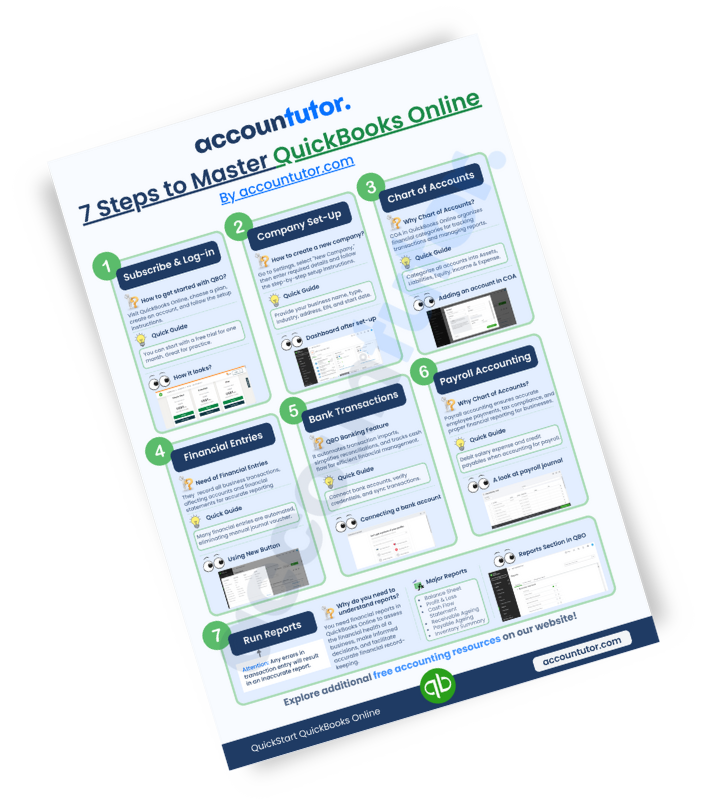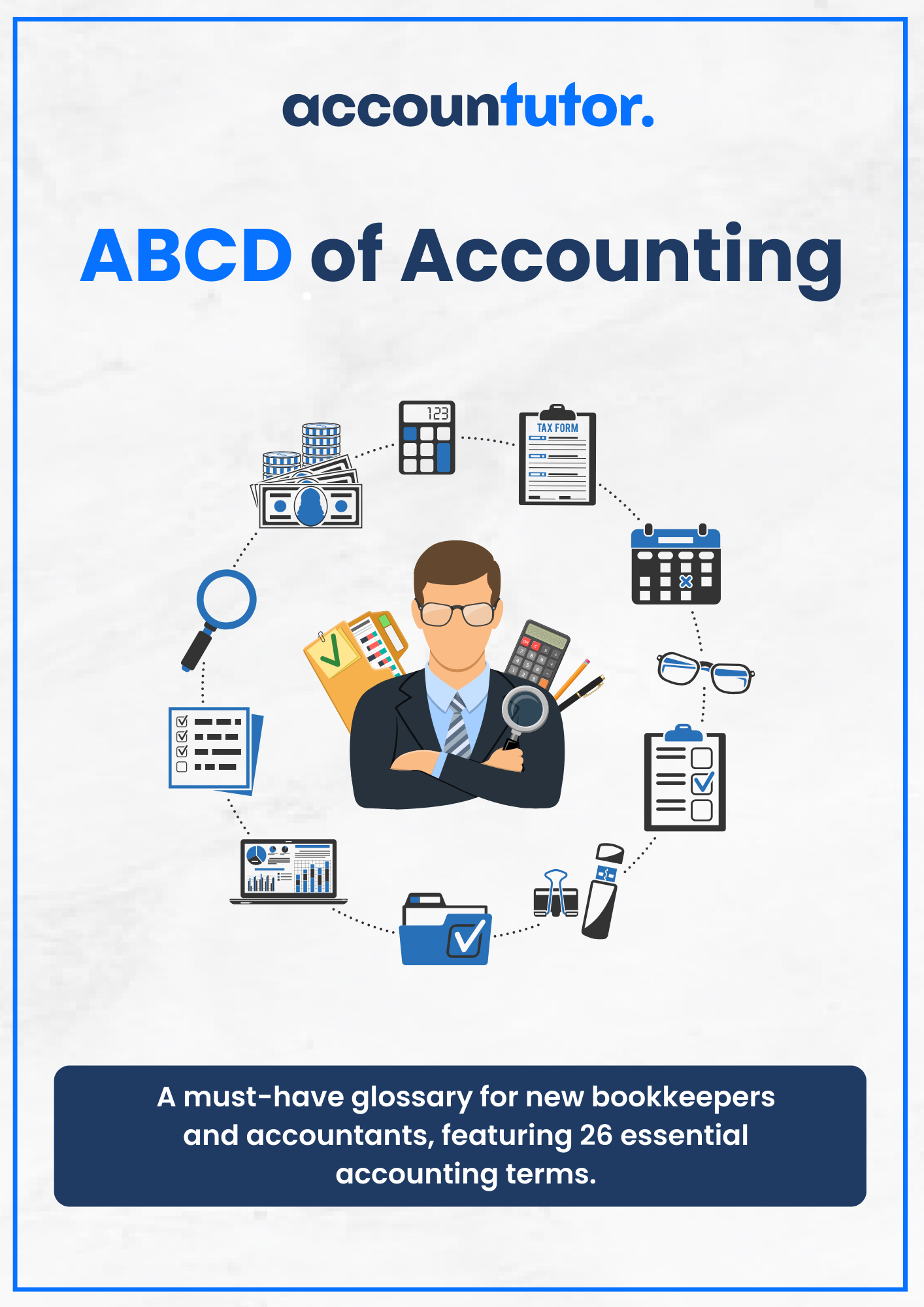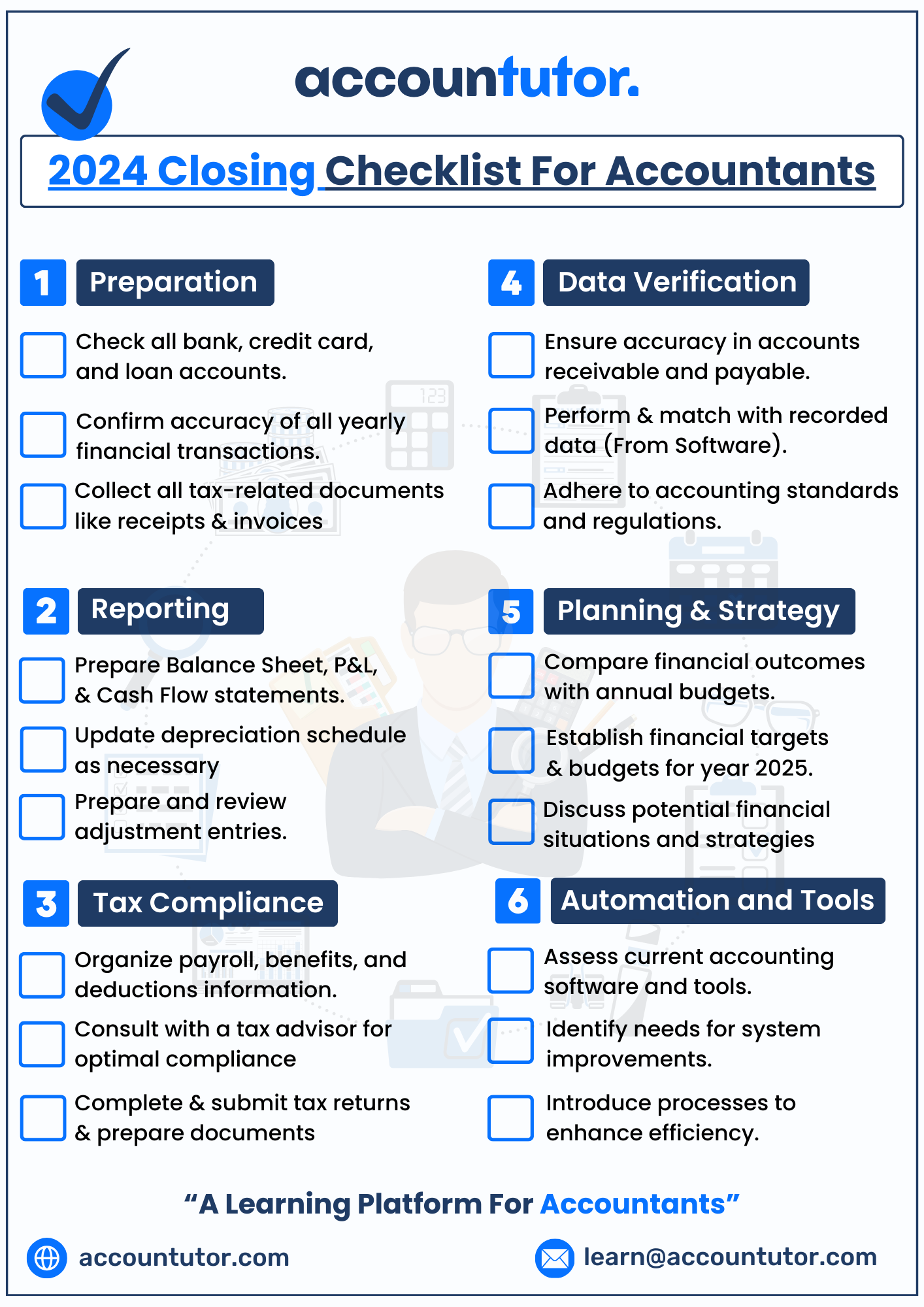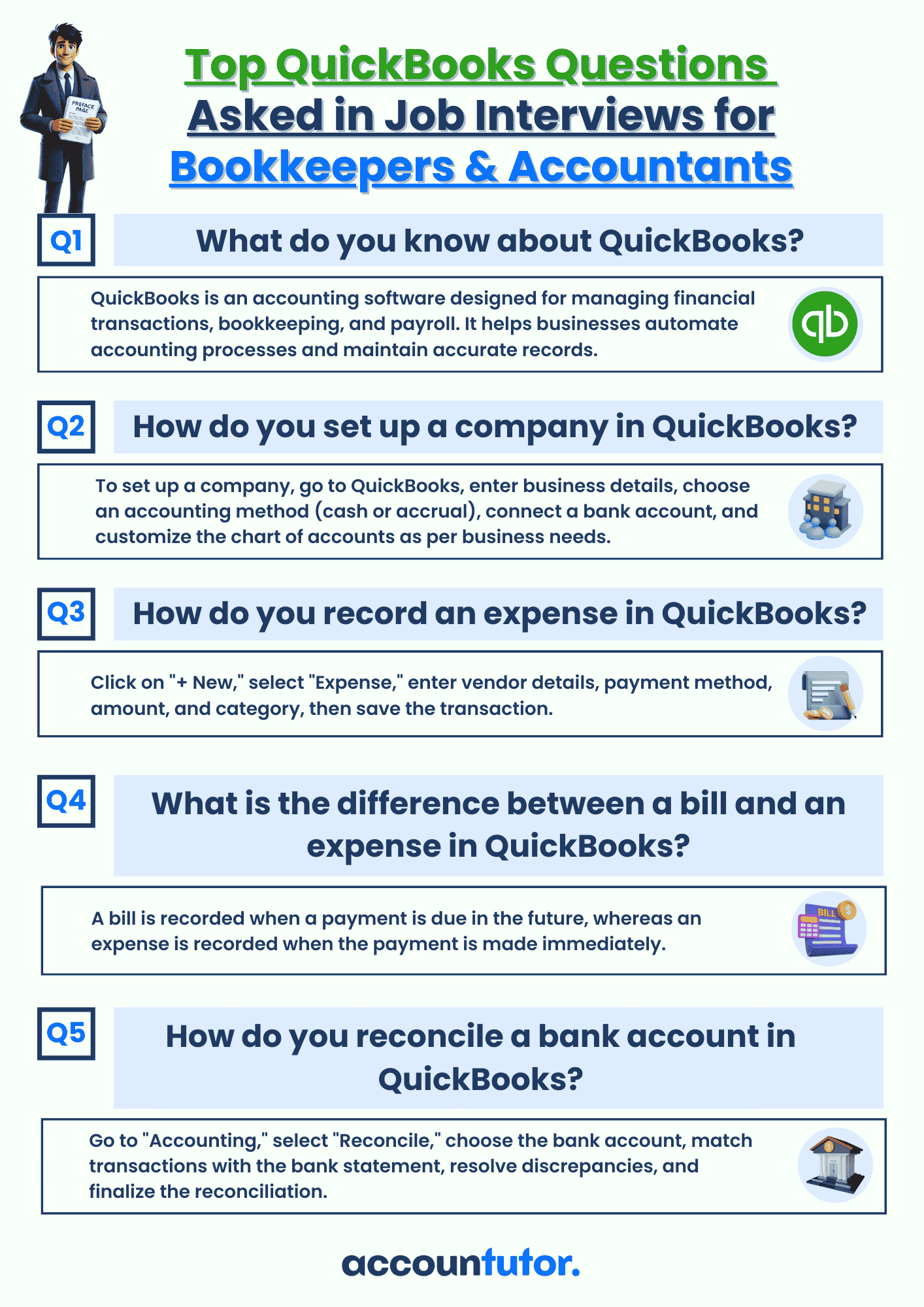Accounting is the language of business. This chapter covers its role in measuring performance, introduces key principles like IFRS and GAAP, and walks you through the accounting cycle—from transactions to financial reports. It's the foundation for everything else you'll learn.
Now that you understand accounting, this chapter introduces financial statements—the reports that show a business’s financial health. You’ll learn about the Balance Sheet, Income Statement, and how to read them easily and confidently.
This chapter explains how and when to record income and expenses. You’ll learn the difference between accrual and cash accounting, how to recognize revenue and expenses properly, and why the matching principle matters—all in simple, real-world language.
This chapter covers how businesses spread the cost of long-term assets using depreciation and amortization. You’ll learn simple methods for calculating them, how they apply to tangible and intangible assets, and how they affect financial statements—with easy-to-follow examples.
This chapter explains how businesses track and value inventory using methods like FIFO, LIFO, and Weighted Average. You’ll learn how inventory affects profits, how to handle losses or adjustments, and how it all shows up in your financial statements—simple and mistake-free.
This chapter introduces internal controls—systems that protect assets, prevent fraud, and reduce errors. You’ll learn why they matter, how to spot risks, and how audits and compliance keep things accurate and transparent. It’s a must-know for every business owner.







